
Presented at the Lamborghini stand at the 1968 Geneva Motor Show, The Espada, remotely derived from the Marzal line, was an extraordinary two-door model with a front-mounted engine and four very comfortable seats. Featuring a 2650mm wheelbase, it flaunted an utterly original and truly innovative style. It marked the fullest expression of what was probably Marcello Gandini’s most successful period in terms of creativity.
The Espada was nothing short of revolutionary and it was completely new and original, from the balance of the two main volumes to the large rear window, which was actually the hatch of the boot, and on the large flat bonnet that opened up as a single unit, the low and tapered waistline, the rear wheel housing that partially covered the wheels and the NACA ducts on the bonnet.
Once again, countless orders were placed, because the Lamborghini name was now firmly established in the concept of the Espada was decidedly convincing.
The production of the Espada had barely been started up in 1969 when improvements began to be considered.
The Islero GT thus left the stage quietly, though only a relatively small number had been produced (225 between Islero GT and Islero GTS version). What remained were the Miura S and the Espada, restyled and updated in a Series II that was presented at the 1970 Brussels Motor Show, and their production gradually increased. This new series was much improved, was fitted with the 350-hp engine, more powerful ventilated brakes and a more conventional dashboard. It was a glorious year for this model, which represented an ideal winning post not only for the company but also for Ferruccio and the objectives he had set for himself at the start of this adventure. In 1970 alone, 228 Espadas were sold, an outstanding figure for such an expensive and important car.
Lamborghini insisted that it was essential to complement the four-seat Espada and the two-seat Miura with an ‘in-between’ model, a 2+2 that would represent the finest in the arena of the Italian Gran Turismo. Bertone responded with a model that was essentially the stylistic evolution of the Islero, taking up many elements from the Espada and thus – theoretically – a model that would incarnate its idels. This was the Jarama. Despite its chic launch at the 1970 Geneva Motor Show, however, it failed to make the right impression on car buffs.
During its ten-year production the Espada received several modifications. While the engine and the interior were changed with each new series, the design of the bodywork remained almost untouched. There just was no need for big redesigns since the Espada was a real eye-catcher right from the start.
The Espada could effortlessly reach a maximum speed of 250 km/h. Depending on the version, the 4-liter 12-cylinder engine developed between 325 and 350 HP and was praised equally for its sound and power. With its large passenger compartment, the spacious trunk and the strong engine the Espada was the embodiment of the Italian Gran Turismo, a luxurious car for grand tours
With a total number of 1,227 units the Espada became Lamborghini’s bestseller from 1968 to 1978.
Lamborghini Espada
Year of manufacture: 1968 – 1978
Engine: V 12 – 4-litre displacement
Power: 325/350 HP
Max. speed: 245/260 km/h
Number of pieces: 1227 (all three series)
Espada became Lamborghini’s best seller from 1968 to 1978. This 4-seater designed and built by Carrozzeria Bertone, seats the whole family and takes all their luggage, effortlessly reaching a maximum speed of 250 km/h. Depending on the version, the 4-litre 12-cylinder engine develops between 325 and 350 HP and is liked equally for its sound and power. With 1,227 models produced – and since 1974 also available with a Chrysler automatic 3-gear gearbox– the Espada was the backbone of the company in financial terms, for eleven years.
Espada Gallery

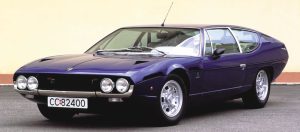
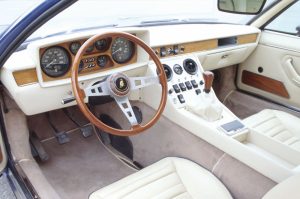
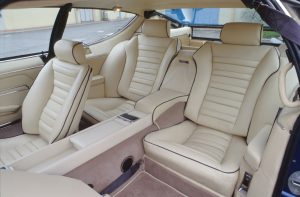
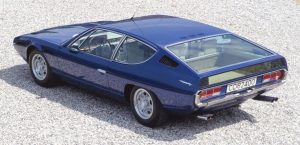
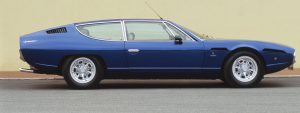
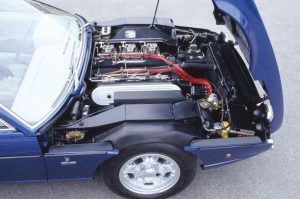

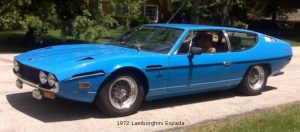
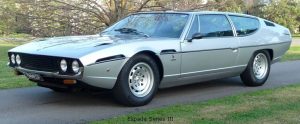
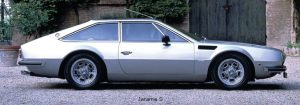


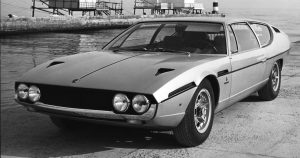
You must be logged in to post a comment.